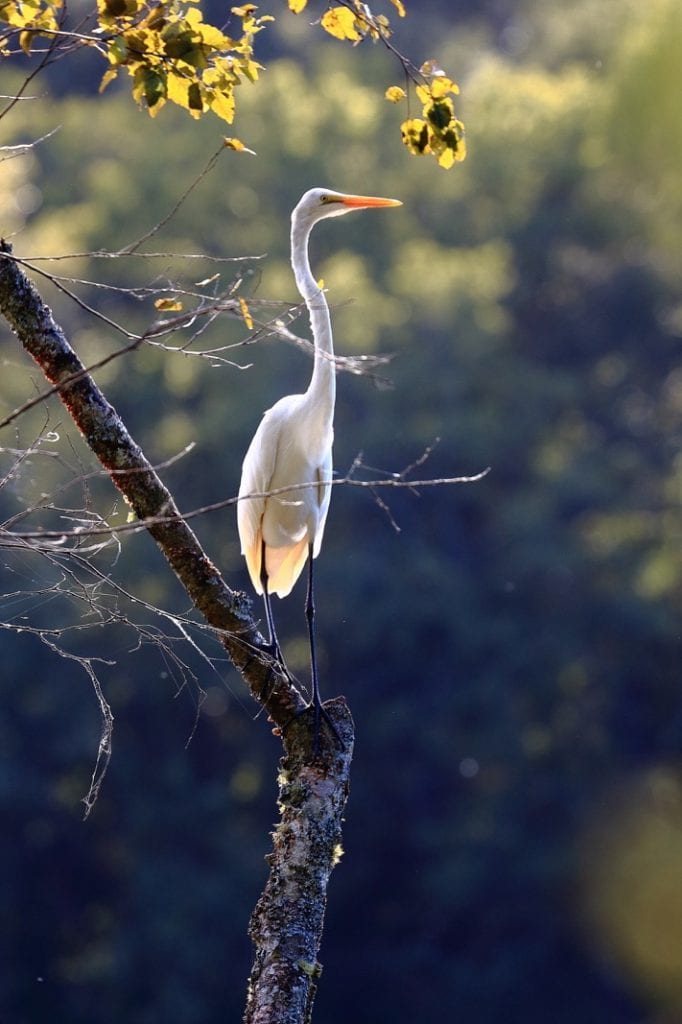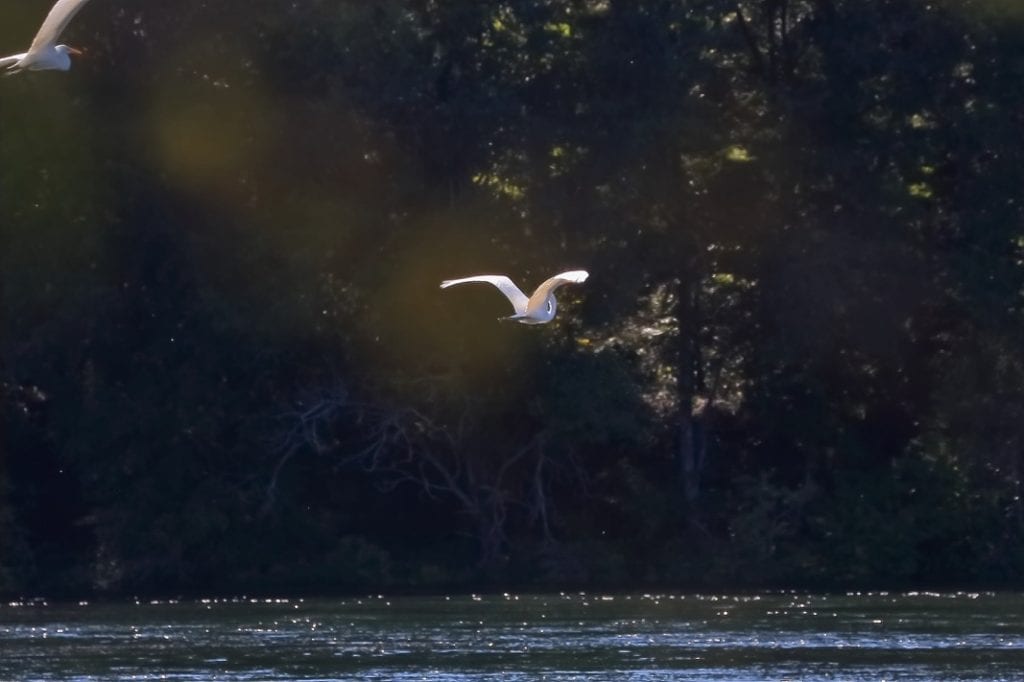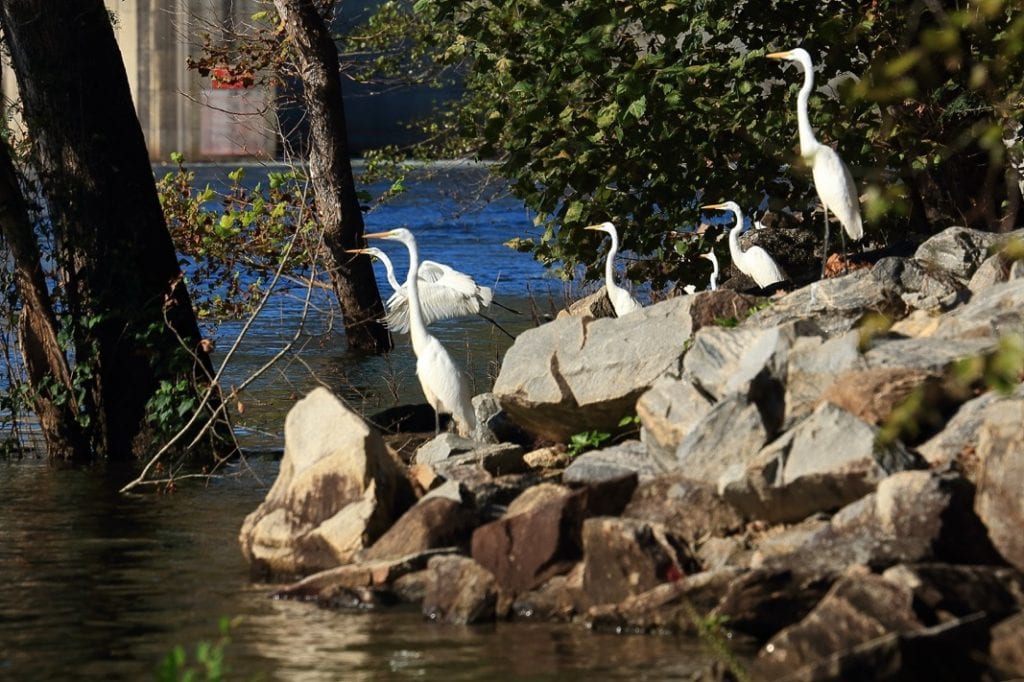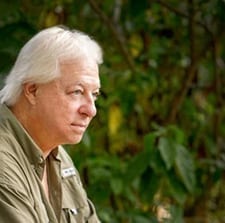The Epitome Of Elegance
October 12, 2020By Tom Poland
Not that many years ago I wrote about Cape Romain Refuge in Aida Roger’s original trend-setting volume, State of the Heart South Carolina Writers on the Places They Love. In my story you’ll see this sentence: “Orange-billed oystercatchers and white egrets seem to vibrate against green spartina.”

White egrets. You don’t have to boat to Cape Romain to see them. Carolina bays, rivers, ponds, and lakes offer these elegant birds wondrous places to hunt, to survive. You’ll see them in marshes, bogs, and mudflats as well. I saw my first one when I was a boy. It stood in the shallows of my granddad’s pond. As I watched its dagger-like bill darted into the water and up it came with a silver-blue bream sandwiched in its bill.
Tall, elegant, thin and beautiful, the Great Egret may well be the supermodel of the world of birds. The Cornell Bird Lab says this about it: “The elegant Great Egret is a dazzling sight in many a North American wetland.” Beyond dazzling, its brilliant white plumage commands the eye, and its stately shadowing of prey and graceful flight epitomize elegance. And then there’s that serpentine neck in flight that evokes a seldom-heard word, “Scamander.” The cap S is correct, as Scamander is a river in Turkey. Were you to say “That egret’s neck scamanders a bit does it not” you’d be right as rain. The elegant S-shaped neck adds to the bird’s elegance, and in flight its swooshing wingbeats represent beauty beheld. (It can cruise at 25 miles per hour.)

But that Arctic snow-white plumage? That showy snowy feathery apparition gliding along currents of air? Well, come breeding season the Great Egret gussies up a bit more. A patch of skin on its face turns neon green, and long plumes grow from its back. Aigrettes, we call those plumes, and like some spray of gems desired by robbers they almost cost the bird its existence. Some folks got the idea feathers would be better appreciated on women’s hats, and by the late 19th century plume hunters had nearly wiped out our egret population. Only when the majestic birds perched on extinction’s slippery rim did change arrive. Great Egrets sparked conservation movements and the first laws to protect birds. It’s no accident that National Audubon Society’s logo is a stylized great egret in flight.

Now its cry or call, a croaking, sore throat kind of squawk, seems more apt to a frog, but often the bird is silent. It’s silent when stalking prey though I’ve seen them dip for prey when flying and even saw one dive pelican style after a fish. How marvelous that we still have this elegant fowl.
We lost the Carolina parakeet and we no doubt lost the ivory bill woodpecker. So, the next time you spot a Great Egret give thanks it’s not some out-of-fashion feathery hat tossed aside. Take a break from your busy pace. Watch this heron hunt. Watch this heron fly, and see if you don’t agree it’s the epitome of elegance.
Great Egret, Ardea alba
Order: Pelecaniformes
Family: Ardeidae
Photos by Tom Poland.
Visit my website at www.tompoland.net
Email me at [email protected]















